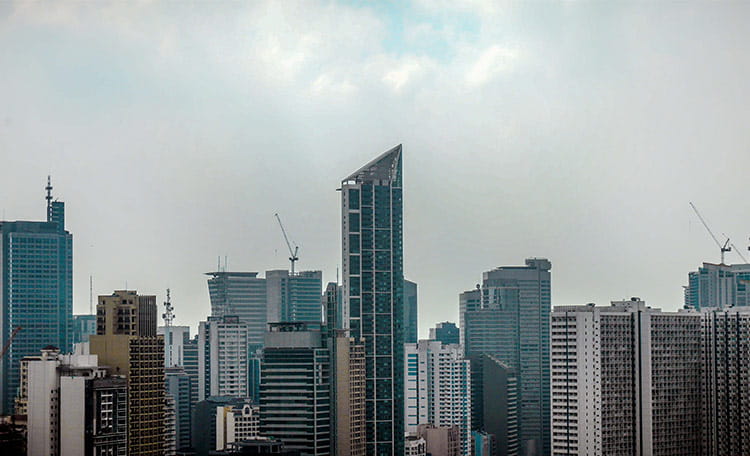Our August 2025 edition of the report provides the latest updates in the Philippine commercial real estate industry as well as insights on the local sectors.
- Given the pronounced interest from investors situated outside of highly volatile markets, such as the United States, investment promotion strategies focused on emerging investor markets are projected to sustain momentum and secure long-term capital commitments for manufacturing, logistics, and sustainable ecozone development.
- The BPO sector's capacity to attract multinational corporations is principally driven by its inherent cost efficiencies. While enterprises have historically outsourced to the Philippines to optimize labor expenditures and leverage a skilled talent pool, strategic space rationalization is emerging as a critical determinant in locational analysis.
- Optimizing tenant mix and targeting specific consumer demographics through strategic redevelopment is crucial for enhancing property value and competitiveness.
The above is an excerpt of the August 2025 report. Read the full report.


